
Updated: February 20, 2024
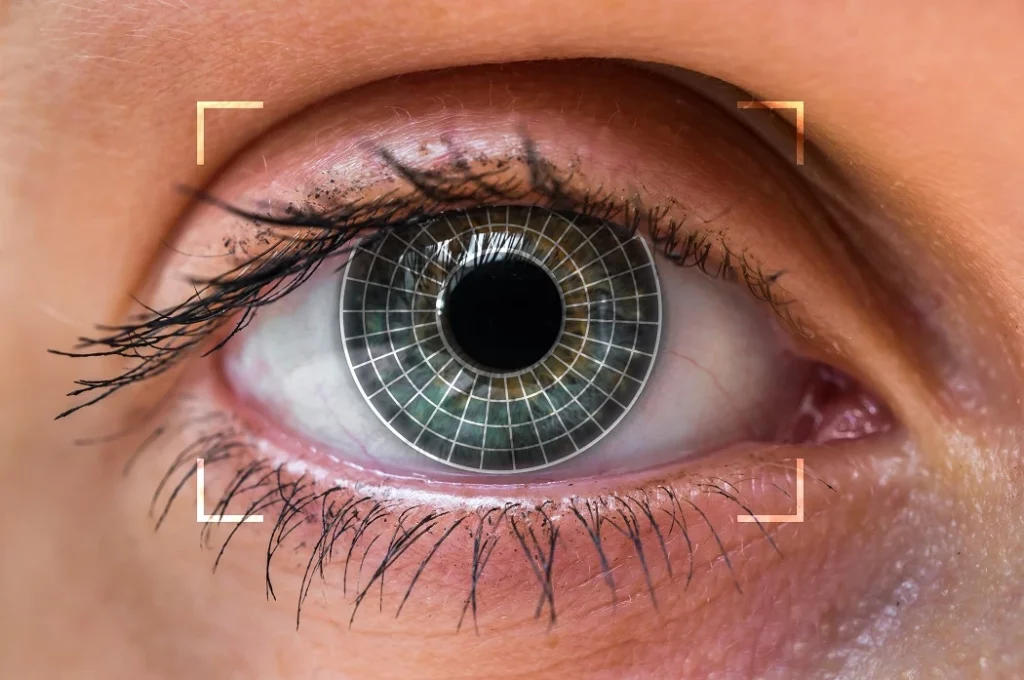
Scotomas, commonly known as blind spots in vision, are areas where one’s vision is either partially or completely lost. They are often unnoticed but can significantly impact daily life. We would investigate the causes, symptoms, and treatments of scotomas in this detailed guide, providing helpful insights for people affected. Let’s explore this fascinating facet of eye health with Discover Vision, your trusted partner in eye care and vision health.
A scotoma, commonly referred to in the context of “scotoma of eye,” is a blind spot in the visual field characterized by a partial or complete area of decreased or lost vision surrounded by a region of normal vision. This phenomenon can be temporary or permanent and may be a symptom of various eye conditions or neurological disorders.
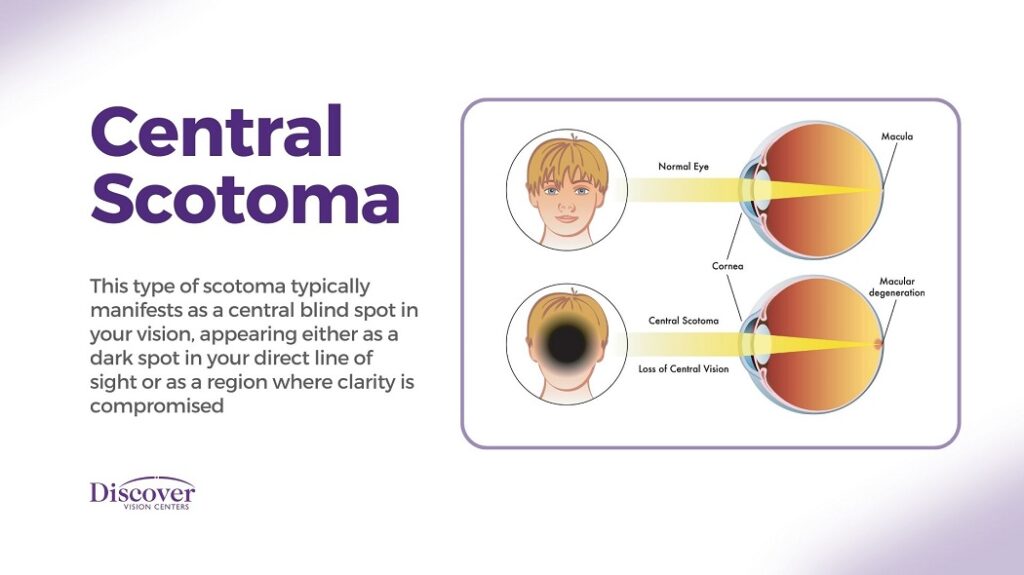
Central scotomas affect the central vision, directly impacting the ability to see fine details and read. This type of scotoma is often associated with age-related macular degeneration, which leads to the deterioration of the central portion of the retina.
Scintillating scotomas are usually visual auras associated with migraines. These temporary blind spots are often characterized by flickering lights or geometric patterns and can precede or accompany a migraine headache.
Paracentral scotomas occur near the center of one’s vision and are often linked to glaucoma, which damages the optic nerve due to increased pressure in the eye. Early detection and treatment are crucial to prevent significant vision loss.
Junctional scotomas involve a combination of a central scotoma in one eye and a superior or inferior nasal step defect in the other. This type is typically associated with lesions at the junction of the optic nerve and chiasm, such as in cases of tumors or aneurysms.

Scotomas, or blind spots in the eye, can result from a variety of conditions affecting the retina or optic nerve. The causes vary depending on the type of scotoma. Here’s a breakdown of common causes for different types of scotomas:
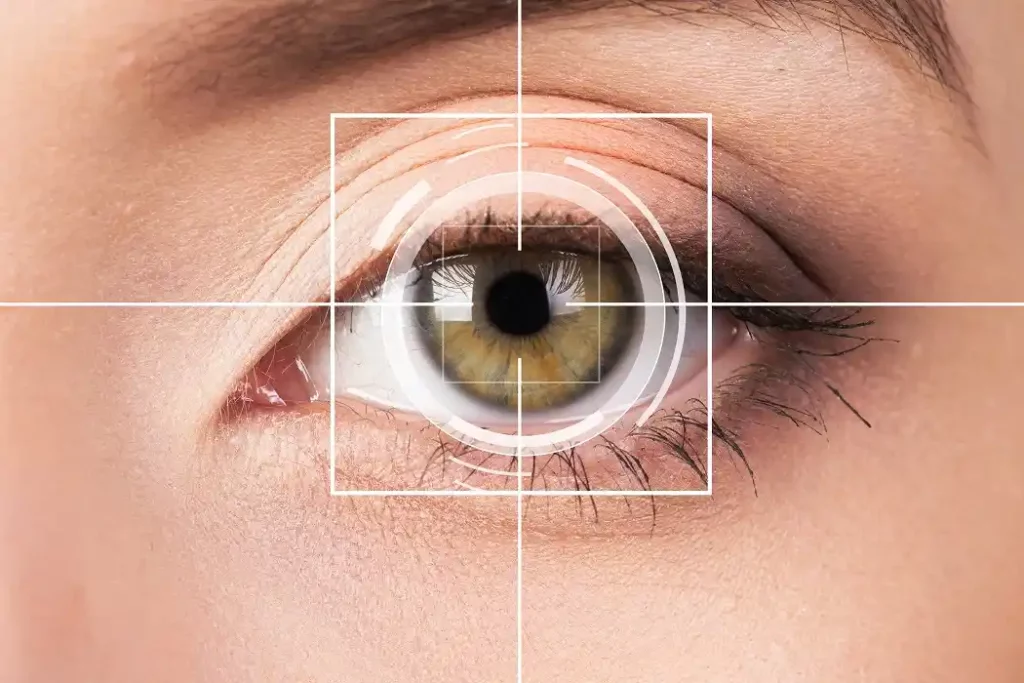
Scotoma symptoms can vary based on the type and severity of the condition, but some common indicators should prompt a consultation with an eye care professional. These symptoms often involve changes in scotoma vision and can include:
If you experience any of these symptoms, it is advisable to seek medical advice as they may indicate the presence of a scotoma or other eye-related conditions.
Certain individuals are more prone to developing visual scotomas due to various risk factors. These include:
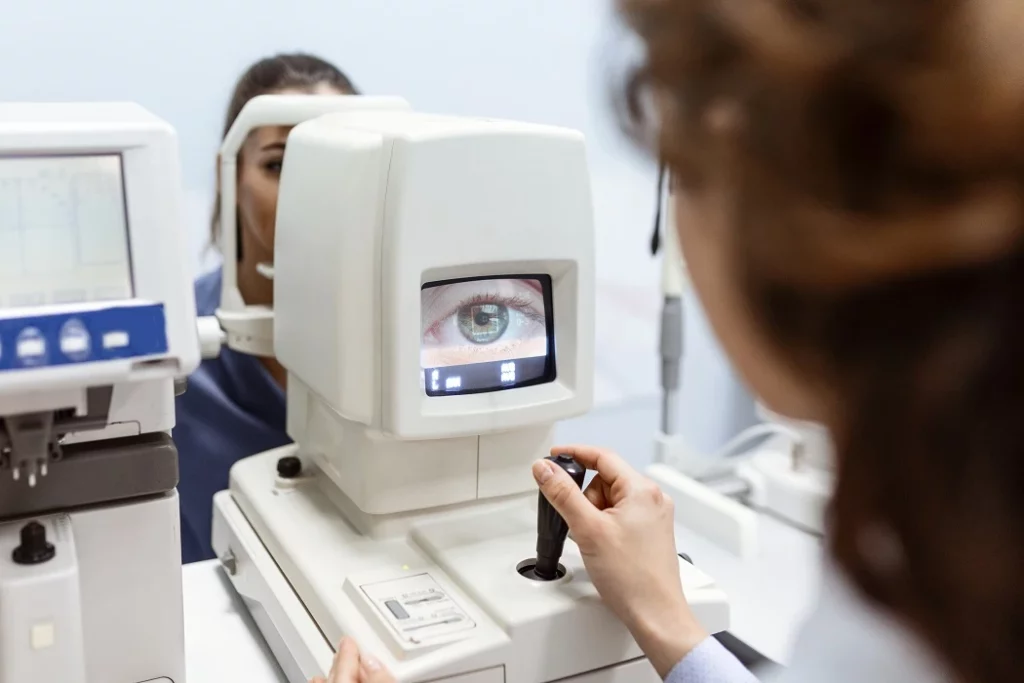
To diagnose scotomas, eye care professionals employ a variety of tests, each designed to assess different aspects of vision and eye health. Key diagnostic steps often include:
These diagnostic tools are crucial in accurately identifying scotomas and their underlying causes, guiding effective treatment plans.
The treatment of scotomas varies based on their underlying cause. While some types are treatable, others may only be manageable. Common treatment methods include:
Each treatment is tailored to the individual’s specific type and cause of the “scotoma of eye,” aiming to preserve as much vision as possible.
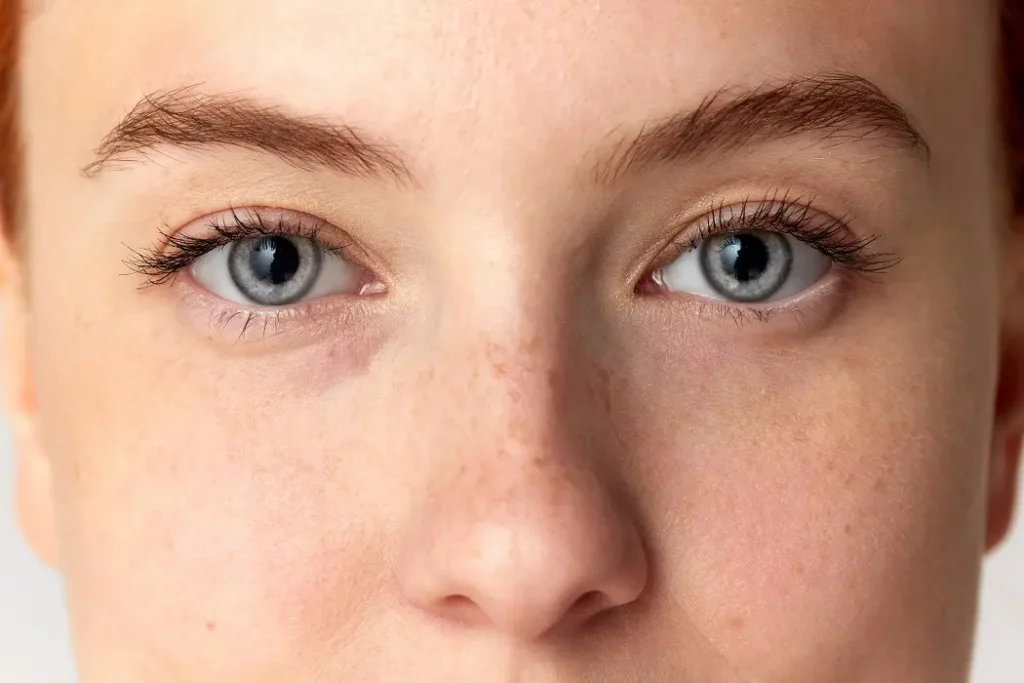
If you have a scotoma, or a blind spot in the eye, your experience will depend on the type and severity. Generally, you can expect:
Living with a scotoma involves understanding and adapting to these changes while maintaining regular eye care.
Recognizing when to consult a healthcare professional for eye concerns is crucial, especially if you experience a sudden blind spot in vision. Key indicators include:
If you experience any of these symptoms, it’s important to see an eye doctor promptly for evaluation and care.
In conclusion, understanding scotomas, their causes, symptoms, and treatment options, is key to taking control of your vision health. At Discover Vision, located in Kansas City, we are committed to providing comprehensive eye care tailored to your unique needs. Don’t let vision challenges hold you back. Contact Discover Vision today to schedule an appointment, ensuring the best care for your eyes and preserving your vision for the future.
Contact Discover Vision for an appointment.